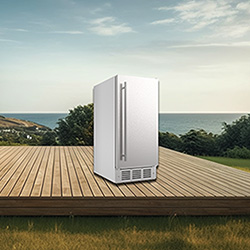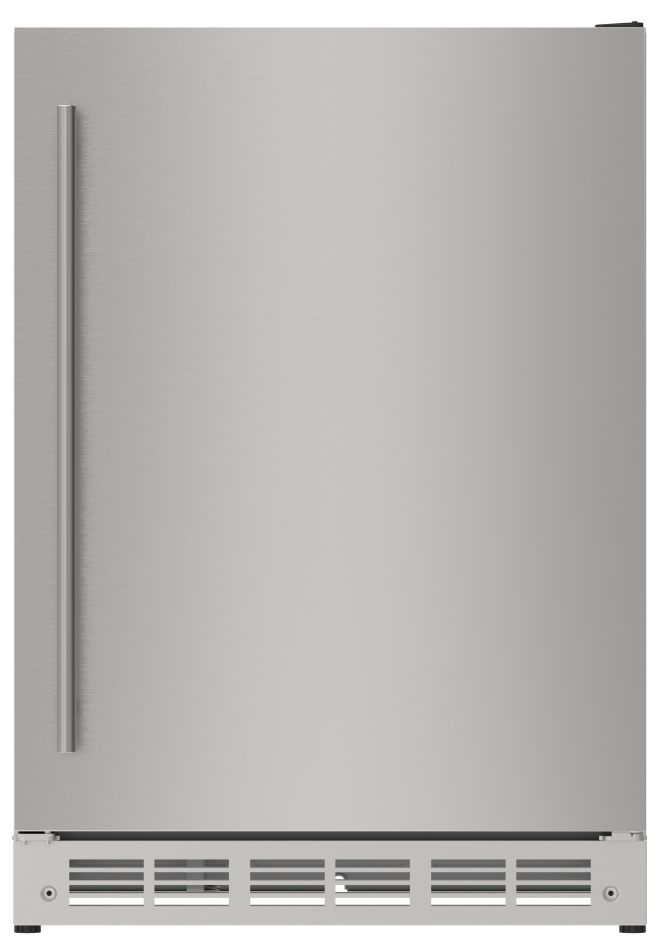Intelligent temperature control system Guangzhou wanbao group refrigerator Co. Ltd. , https://www.wanbao-refrigerator.com

Water source heat pump related to water problems (a)
Abstract: A reliable water source is essential for the effective operation of a water-source heat pump system. This paper discusses the key factors that influence the efficiency of such systems, including water quantity, temperature, quality, and supply stability. Various types of water sources, intake structures, water treatment technologies, and recharge methods are introduced. The study also highlights important considerations in the design and construction of water-source systems. Keywords: water-source heat pump; water structure; water treatment technology; recharge technology; Tsinghua Tongfang; artificial environment equipment company.
This year, Tsinghua Tongfang launched an energy-efficient and environmentally friendly new product—GHP-type water-source central air conditioning system. Other domestic manufacturers have also introduced similar products, such as "energy-saving air conditioning," "warm air temperature control," "temperature air conditioning," and "geothermal heat pump." Although these products have different names, they essentially function in the same way. Heat pumps utilize low-temperature heat from air, water, and soil, making them one of the most efficient energy solutions in the 21st century. A suitable and stable water source is crucial for the successful application of water-source heat pump systems. When promoting this technology, it is important to address related water-source challenges.
The working principle of a water-source heat pump is based on the concept of a "heat pump," which is similar to a "water pump." In nature, water flows downward, while heat moves toward lower temperatures. Pumps move water from low to high elevations. Similarly, a heat pump transfers low-temperature heat to higher temperatures. According to the Chinese standard "HVAC Terminology (GB50155-92)," a heat pump is defined as a refrigerator capable of switching between evaporator and condenser functions. In the "New International Dictionary of Refrigeration," it is described as a refrigeration system that heats by utilizing the heat released by the condenser. Essentially, a heat pump operates like a refrigerator but under different conditions. It uses an electric compressor to drive a refrigerant through a cycle of evaporation and condensation, absorbing heat at low temperatures and releasing it at higher temperatures. The coefficient of performance (COP) measures the efficiency of the heat pump, reflecting the ratio of output heat to input power.
Water-source heat pumps use water as both the heat source and the medium for heat transfer. Compared to air-source heat pumps, they typically offer higher COP values and better system performance and stability. A water-source heat pump project involves three main components: the water source system, the heat pump room system, and the terminal cooling system. The water system includes the water source, intake structures, piping network, and treatment equipment.
The performance of a water-source heat pump depends heavily on the water system's characteristics, such as water quantity, temperature, quality, and supply stability. The water source must be sufficient to meet heating or cooling demands. If the water supply is insufficient, the system’s capacity will decrease, failing to meet user needs. Water temperature should be within an optimal range for the unit’s operation. For example, the GHP-type system requires a water temperature of 12–22°C during heating and 18–30°C during cooling. The water quality must be compatible with the system materials to avoid corrosion or damage. Additionally, the water supply must be stable and reliable to ensure long-term, efficient operation of the system.
In principle, any water that meets the temperature requirements and does not cause corrosion can be used as a water source. This may include reclaimed water, surface water, groundwater, or even seawater in certain cases. Reclaimed water, such as treated municipal sewage or industrial wastewater, offers cost savings and resource conservation. However, natural water sources remain the most common choice. Surface water, such as rivers, lakes, and reservoirs, has a lower salinity than seawater but contains more suspended solids, algae, and turbidity, requiring treatment before use. Groundwater, found in aquifers beneath the Earth's surface, is generally more stable in temperature and quality, making it an ideal water source for central air conditioning systems.
When selecting a water source, the amount of water available is critical. The required flow rate depends on the project’s load and the unit’s performance. If the water supply is slightly insufficient, remedial measures can be taken. However, if the gap is significant, alternative options should be considered. Each project must evaluate its specific site conditions and hydrogeological factors to determine the best water source. Technical and economic analyses should guide the selection process when multiple water sources are available.
Water quality is another key factor. Natural water undergoes continuous cycles and interacts with the environment, resulting in complex chemical and physical properties. Factors such as temperature, turbidity, hardness, salinity, and corrosiveness must be considered. While there are no strict regulations for water-source heat pump water quality, guidelines from cooling water standards and groundwater recharge practices can be referenced. For example, the pH of the water should be between 6.5 and 8.5, total hardness should be below 200 mg/L, and salinity should be less than 3 g/L. Corrosive elements like chloride ions and free COâ‚‚ should be minimized to protect system components.
Intake structures are essential for connecting the water source to the heat pump system. These structures vary depending on whether the water source is surface water or groundwater. Surface water intake structures include fixed and mobile types, such as floating pontoons and cable cars. Groundwater intake structures include tube wells, large wells, and radial wells. Each type has specific applications and construction considerations. Proper design and layout are crucial to ensure efficient water supply and prevent issues like clogging or reduced flow.
During the design and construction of a water-source system, several issues must be addressed. A feasibility study should be conducted to assess the availability of a suitable water source. Surface water intake designs must consider water temperature, demand, and flood levels. For groundwater projects, well placement, spacing, and depth are critical to maintain long-term stability and prevent clogging. Pumping and recharge wells should be alternated to ensure consistent water supply and system longevity.
Overall, the success of a water-source heat pump system relies on careful planning, proper water source selection, and effective system design. By addressing these factors, the system can achieve high efficiency, sustainability, and long-term reliability.
The refrigerated equipment for the outdoor environment is designed, which can withstand the temperature changes and weather conditions of outdoor. This device is very suitable for being used by the terrace, garden or pool to maintain the freshness of beverages and other foods
Â
